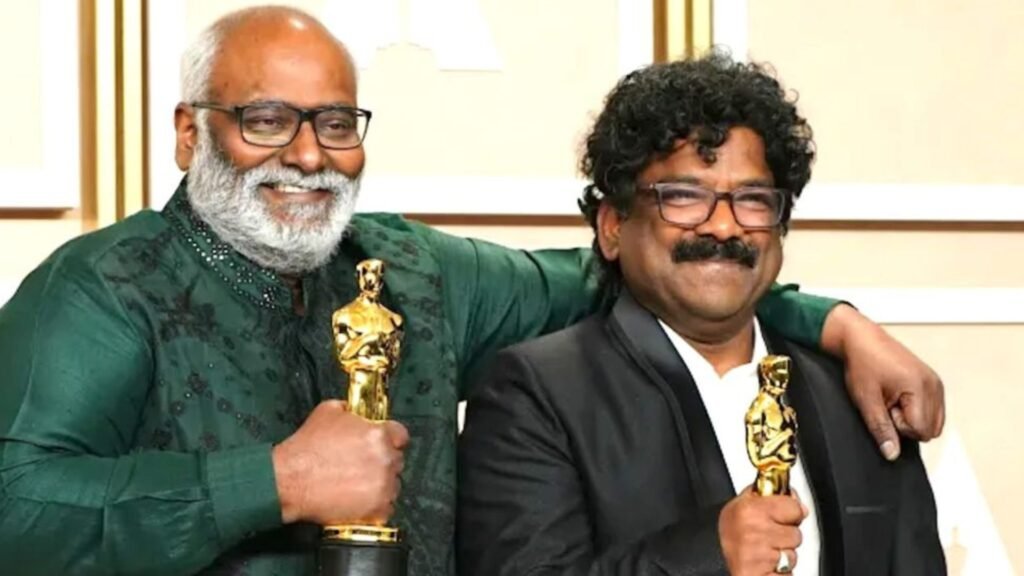Asian cinema has experienced a significant surge in global recognition over the past few decades. Once overlooked in Western-centric film festivals, films from countries like South Korea, Japan, China, India, and more recently, Southeast Asia, have gained acclaim for their unique storytelling, bold narratives, and artistic creativity. From winning prestigious awards to influencing global trends in filmmaking, the rise of Asian cinema at international film festivals is reshaping the global film industry.

Early Breakthroughs: The Beginning of Recognition
The journey of Asian cinema gaining international recognition can be traced back to the mid-20th century. Films by legendary directors like Japan’s Akira Kurosawa, whose film Rashomon won the Golden Lion at the Venice Film Festival in 1951, paved the way for global interest in Asian filmmaking. Kurosawa’s win demonstrated that non-Western narratives could hold universal appeal, marking a turning point for Asian filmmakers.
In the following decades, films from Japan, India, and China began to make regular appearances at major film festivals, including Cannes, Venice, and Berlin. Directors like Satyajit Ray from India, whose Pather Panchali won the Best Human Document award at Cannes in 1956, became important figures who introduced the global audience to the nuanced storytelling of Asian cinema.
The Rise of South Korean Cinema
One of the most notable developments in recent years has been the global rise of South Korean cinema. Once relatively unknown to Western audiences, South Korean filmmakers have captured the attention of international film festivals with their boundary-pushing narratives and innovative direction.
At the forefront of this movement is Bong Joon-ho, whose film Parasite made history in 2019 by winning the Palme d’Or at the Cannes Film Festival and later becoming the first non-English-language film to win Best Picture at the Academy Awards. Parasite‘s success was a defining moment, not just for South Korean cinema, but for Asian films in general, signaling a shift toward greater appreciation for global cinema.
Other South Korean directors, such as Park Chan-wook (Oldboy, The Handmaiden) and Lee Chang-dong (Burning), have also garnered international acclaim, consistently winning awards at festivals like Cannes and Venice. Their films blend intense drama with striking visuals, captivating global audiences and redefining what world cinema can achieve.
China’s Growing Influence
Chinese cinema has long been a staple at international film festivals, but the past few decades have seen a new wave of filmmakers who are pushing creative boundaries. Directors such as Zhang Yimou, Jia Zhangke, and Wong Kar-wai have been instrumental in bringing Chinese films to the global stage.
Zhang Yimou, known for visually stunning films like Raise the Red Lantern and Hero, has frequently been a contender at Cannes, Venice, and Berlin. Wong Kar-wai, a Hong Kong director, has achieved cult status with films like In the Mood for Love, which won Best Director at Cannes in 2000.
Chinese filmmakers, often blending historical narratives with contemporary themes, have struck a chord with international audiences. With China’s growing economic power, its film industry has also expanded, allowing for higher-budget productions that can compete with Hollywood while retaining the distinctive storytelling styles that define Chinese cinema.
Japan’s Enduring Legacy
Japan has a long tradition of cinematic excellence, and its influence continues to be felt in global film festivals. Directors like Hirokazu Kore-eda and Naomi Kawase have kept Japanese cinema at the forefront of international attention with films that explore deep emotional and philosophical themes.
Kore-eda’s Shoplifters, which won the Palme d’Or at Cannes in 2018, reflects the subtle, character-driven storytelling that has become a hallmark of Japanese cinema. Kawase, with films like The Mourning Forest, has received numerous awards at Cannes and Venice, earning Japan continued recognition for its introspective and delicate filmmaking style.
India’s Impact on Global Cinema
India, home to Bollywood, the world’s largest film industry, has also made significant strides at international film festivals. While Bollywood’s colorful and dramatic productions are well-known globally, Indian independent cinema has gained increasing attention for its gritty realism and innovative narratives.
Directors like Anurag Kashyap (Gangs of Wasseypur), Ritesh Batra (The Lunchbox), and Rima Das (Village Rockstars) have brought Indian stories to international audiences. Films from India often explore themes like social justice, family dynamics, and the intersection of tradition and modernity, resonating with viewers at festivals like Cannes, Venice, and Toronto.
India’s presence at global film festivals continues to grow, with its rich cultural diversity offering a wealth of stories that are deeply rooted in the country’s societal complexities yet universally relatable.
The Emergence of Southeast Asian Cinema
Southeast Asian filmmakers have also begun making waves at global film festivals. Directors from countries like Thailand, Indonesia, and the Philippines are bringing fresh perspectives to the international stage, often focusing on stories of everyday life, social change, and the impact of modernity on tradition.
Apichatpong Weerasethakul, a Thai director, gained widespread acclaim when his film Uncle Boonmee Who Can Recall His Past Lives won the Palme d’Or at Cannes in 2010. His films, known for their meditative pace and exploration of memory and spirituality, have brought new attention to Southeast Asian cinema.
Filmmakers like Lav Diaz from the Philippines, known for his epic-length films that reflect the nation’s socio-political struggles, have also gained recognition at festivals like Venice and Berlin, highlighting the growing influence of Southeast Asian voices in the global film landscape.
The Role of Film Festivals in Promoting Asian Cinema
Film festivals like Cannes, Venice, Berlin, and Toronto have played a crucial role in elevating Asian cinema to global prominence. These festivals not only provide a platform for Asian filmmakers to showcase their work, but they also facilitate cross-cultural dialogue, allowing diverse stories to reach international audiences.
Asian films that premiere at these festivals often go on to receive critical acclaim, further increasing their visibility in global markets. Festivals help bridge the gap between Asian cinema and Western audiences, breaking down cultural barriers and broadening the appeal of films from the region.
Conclusion
The rise of Asian cinema at global film festivals is a testament to the region’s rich storytelling traditions, innovative filmmaking techniques, and cultural diversity. From the groundbreaking success of South Korean films to the enduring influence of Japanese and Chinese cinema, Asia’s presence on the global stage is stronger than ever. As more Asian filmmakers gain recognition at prestigious festivals, the world is witnessing the growing importance of Asian cinema in shaping the future of international film.











